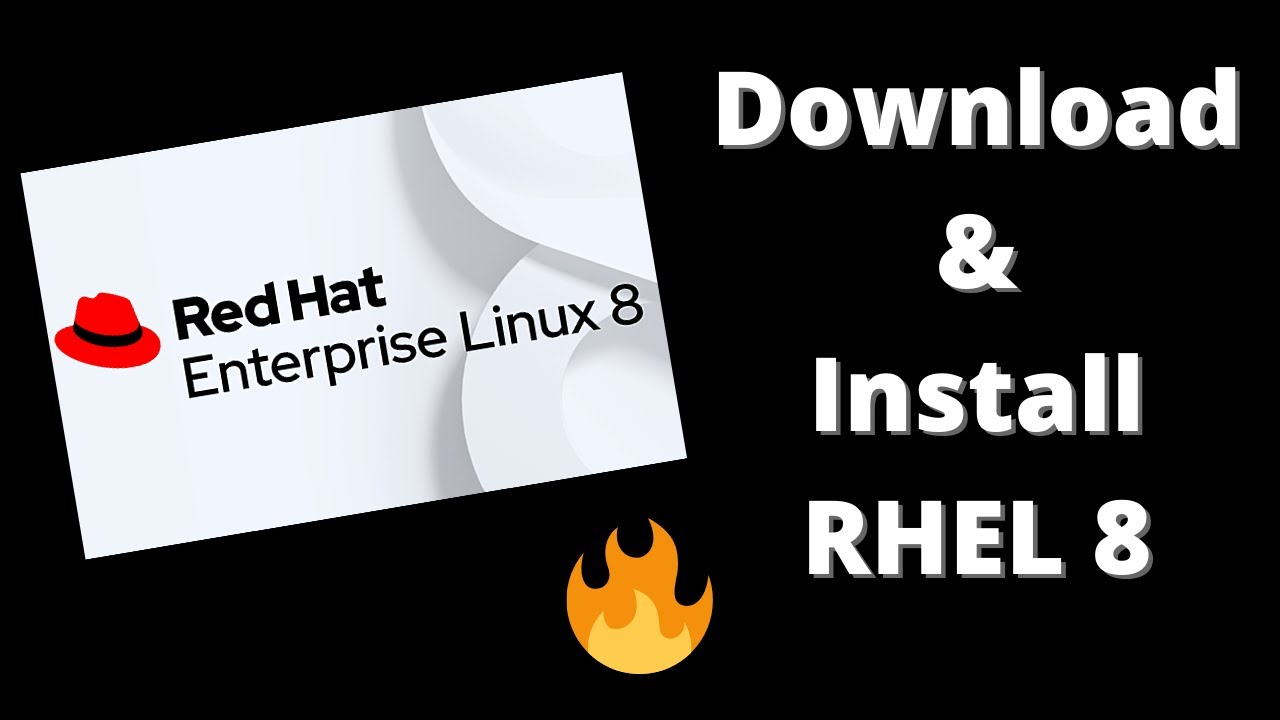
The WALinuxAgent package, WALinuxAgent-, has been pushed to the Red Hat extras repository. Register your Red Hat subscription to enable the installation of packages from the RHEL repository by running the following command: # sudo subscription-manager register -auto-attach -username=XXX -password=XXX # sudo rm -f /etc/udev/rules.d/lesĮnsure that the network service will start at boot time by running the following command: # sudo chkconfig network on These rules cause problems when you clone a virtual machine in Microsoft Azure or Hyper-V: # sudo ln -s /dev/null /etc/udev/rules.d/les Move (or remove) the udev rules to avoid generating static rules for the Ethernet interface. Uninstall this package by running the following command: # sudo rpm -e -nodeps NetworkManagerĬreate or edit the /etc/sysconfig/network file, and add the following text: NETWORKING=yesĬreate or edit the /etc/sysconfig/network-scripts/ifcfg-eth0 file, and add the following text: DEVICE=eth0 In RHEL 6, NetworkManager can interfere with the Azure Linux agent.

In Hyper-V Manager, select the virtual machine.Ĭlick Connect to open a console window for the virtual machine. See also Linux Installation Notes for more information.

More details can be found in the steps below. When converting from a raw disk to VHD you must ensure that the raw disk size is a multiple of 1MB before conversion. More information about this can be found in the following steps.Īll VHDs on Azure must have a virtual size aligned to 1MB. The Azure Linux Agent must be able to mount the UDF file system to read its configuration and provision the virtual machine, without this, provisioning will fail!ĭo not configure a swap partition on the operating system disk. At first boot on Azure, the UDF-formatted media that is attached to the guest passes the provisioning configuration to the Linux virtual machine. Kernel support for mounting Universal Disk Format (UDF) file systems is required. This practice will avoid LVM name conflicts with cloned virtual machines, particularly if you ever need to attach an operating system disk to another identical virtual machine for troubleshooting.

However, in general it is recommended to use standard partitions on the OS disk rather than LVM. Logical Volume Manager (LVM) is supported and may be used on the OS disk or data disks in Azure virtual machines. The maximum size that's allowed for the VHD is 1,023 GB. If you use VirtualBox, select Fixed size as opposed to the default dynamically allocated option when you create the disk.Īzure supports Gen1 (BIOS boot) & Gen2 (UEFI boot) Virtual machines. You can use Hyper-V Manager to convert the disk to VHD format, or you can use the convert-vhd cmdlet.
Red hat linux iso for vmware how to#
For more details about how to use Hyper-V Manager to install an operating system image, see Install the Hyper-V Role and Configure a Virtual Machine.Īzure does not support the VHDX format. This section assumes that you have already obtained an ISO file from the Red Hat website and installed the RHEL image to a virtual hard disk (VHD). This section shows you how to prepare a RHEL 6, RHEL 7, or RHEL 8 virtual machine using Hyper-V Manager. For ways to automate building RHEL images, see Azure Image Builder.

For more information about eligibility requirements for participating in Red Hat's Cloud Access program, see Red Hat's Cloud Access website and Running RHEL on Azure. The hypervisors for preparation that are covered in this article are Hyper-V, kernel-based virtual machine (KVM), and VMware. The versions of RHEL that are covered in this article are 6.7+ and 7.1+. In this article, you will learn how to prepare a Red Hat Enterprise Linux (RHEL) virtual machine for use in Azure. For the last several years our joint customers have successfully deployed Red Hat OpenShift on VMware for their production-ready applications.Applies to: ✔️ Linux VMs ✔️ Flexible scale sets ✔️ Uniform scale sets Red Hat Ⓡ OpenShift Ⓡ and VMware vSphere 6 and 7 are a great combination for running an enterprise container platform on a virtual infrastructure. Roughly 75% of containers run on-premises are on virtual machines today. Often the easiest and most efficient way to get started with containers today is to run containers on virtual machines. While customers have the flexibility to run containers in the cloud, or on bare metal on-premises, most on-premises infrastructure is virtualized.
Red hat linux iso for vmware software#
As software developer demands conform to experiences delivered by the cloud, IT operations teams are challenged to best deliver the speed, agility, portability, and scale to satisfy developer needs, without compromising the security features and visibility required by IT operations.


 0 kommentar(er)
0 kommentar(er)
